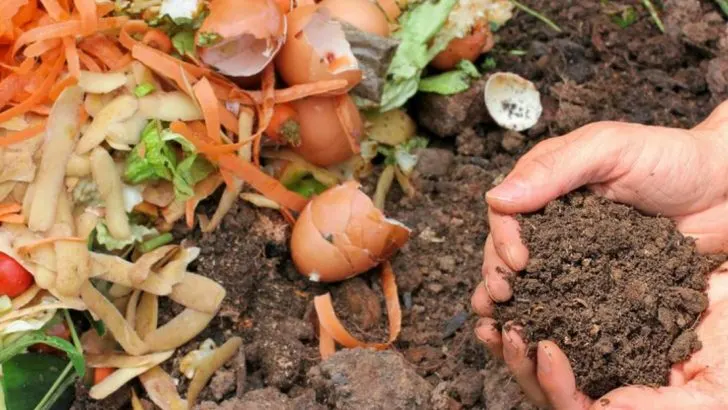Organic gardening is a rewarding way to grow fresh, healthy produce while nurturing the environment. By using natural methods to enrich the soil, control pests, and promote plant health, you can create a thriving garden without synthetic chemicals. Whether you have a small backyard plot or a few containers on a balcony, learning the fundamentals of organic gardening is the first step toward a more sustainable lifestyle.
In this article, we cover 20 essential organic gardening basics that every beginner should know. From building healthy soil to choosing the right plants, these tips will help you cultivate a productive and eco-friendly garden. If you’re ready to start growing your own food the natural way, these must-know principles will set you up for success!
Understanding Soil Health
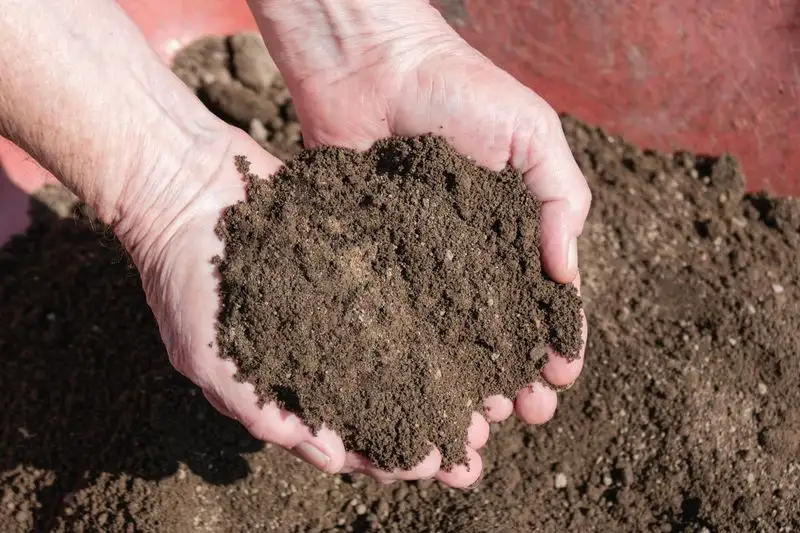
Soil is the foundation of any garden, and in organic gardening, it’s all about the health of this vital resource. Rich, dark soil teeming with life means your plants have the best start possible. Regularly adding compost improves its structure, helps retain moisture, and provides essential nutrients.
Healthy soil is full of microorganisms, earthworms, and other beneficial organisms. These play a crucial role in breaking down organic matter, making nutrients available to plants. Maintaining good soil health involves regular testing, adjusting pH levels, and avoiding harmful chemicals.
Composting Basics
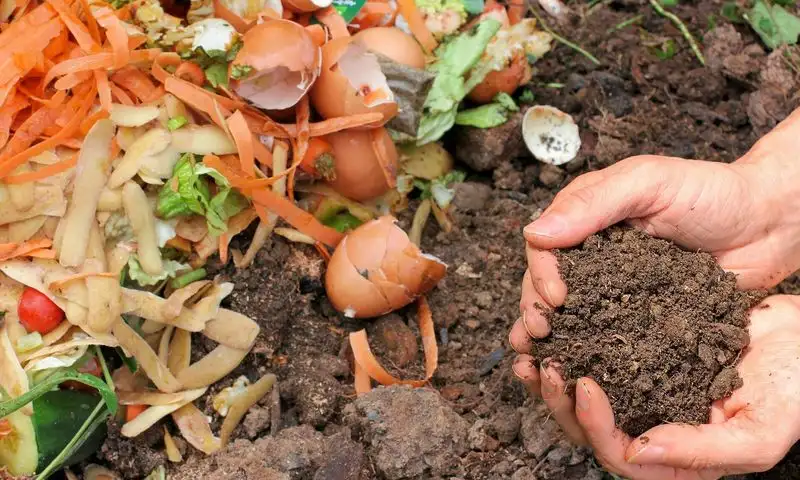
Composting is a simple way to recycle kitchen and garden waste into valuable organic matter. A balanced mix of greens and browns ensures decomposition occurs efficiently. Greens provide nitrogen, while browns offer carbon, which together fuel the composting process.
Turning your compost pile regularly introduces oxygen, crucial for aerobic organisms that help break down the material. Over time, you’ll produce nutrient-rich compost that enriches your garden soil. Start your compost with a variety of materials, but avoid meat and dairy, which can attract pests.
Companion Planting
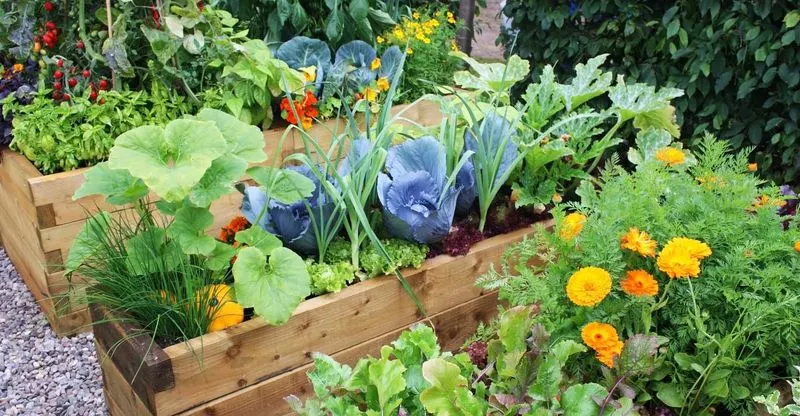
Certain plants thrive when grown together, offering mutual benefits like pest control or improved growth. For instance, basil planted near tomatoes can enhance their flavor, while marigolds can deter nematodes.
Companion planting is not just about pairing plants but also understanding how they interact. This approach can reduce the need for chemical pesticides and fertilizers, promoting a natural balance in your garden. Experimenting with different combinations adds diversity and resilience to your garden ecosystem.
Natural Pest Control
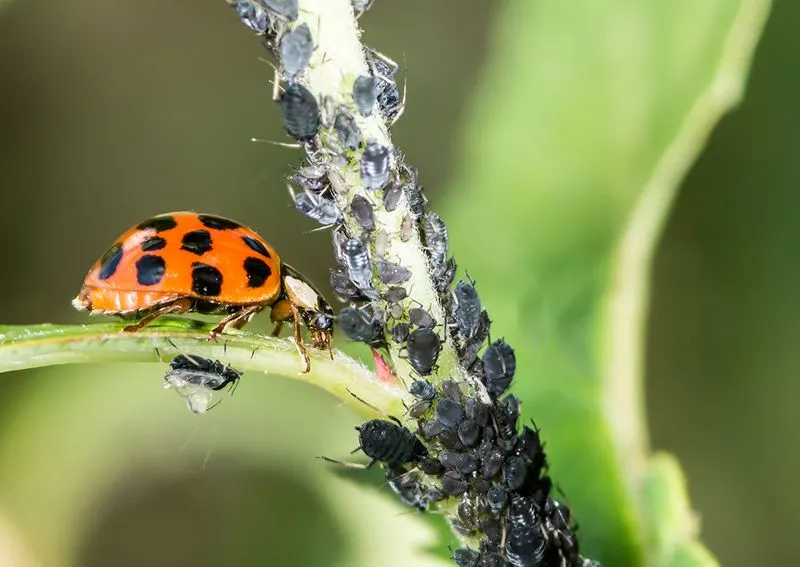
In organic gardening, controlling pests naturally is key to maintaining a healthy garden. Encouraging beneficial insects like ladybugs can keep aphid populations in check. Creating habitats for these allies, such as planting diverse flowers, enhances their presence.
Homemade sprays using ingredients like garlic or hot pepper can deter pests without harming the environment. Regularly inspecting plants and manually removing pests also helps. Natural pest control is about balance and understanding the ecosystem within your garden.
Water Conservation Techniques

Efficient water use is crucial in organic gardening. Techniques like drip irrigation target water directly to plant roots, reducing evaporation and waste. Mulching around plants can also conserve moisture, suppress weeds, and improve soil quality.
Watering in the early morning or late afternoon minimizes evaporation and ensures plants get the most benefit. Collecting rainwater in barrels provides a sustainable water source. These practices not only save water but also promote healthier plant growth.
Crop Rotation
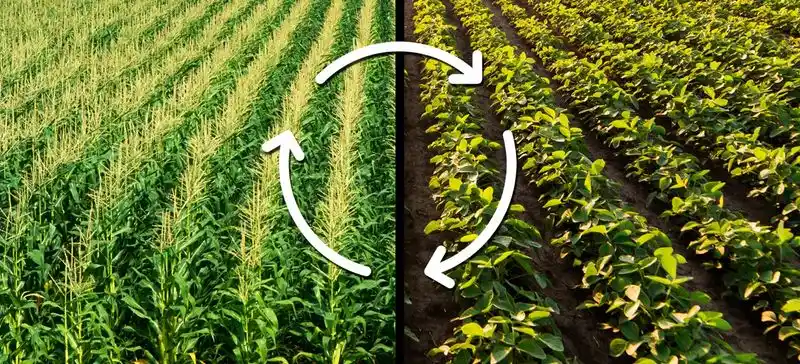
Crop rotation involves changing the location of plant families in your garden each season to prevent soil depletion and control pests and diseases. For example, rotating leaf crops followed by root crops can balance nutrient demands.
This practice helps maintain soil fertility and reduces the risk of soil-borne diseases. It’s a strategy that mimics natural ecological cycles, enhancing sustainability. Planning your garden layout with crop rotation in mind can lead to a more productive harvest.
Seed Saving
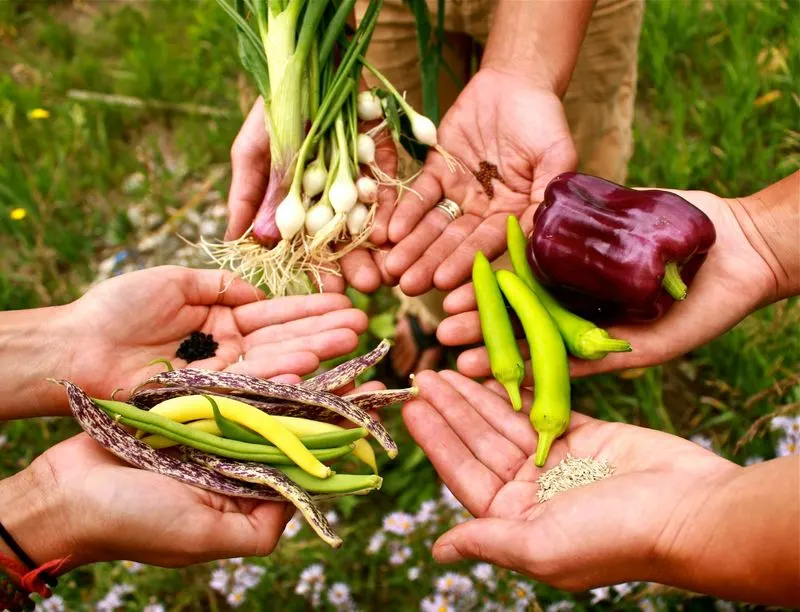
Saving seeds from your garden not only preserves plant varieties but also helps you adapt to local growing conditions. Collecting seeds from your healthiest plants ensures the next generation is equally robust.
Store seeds in a cool, dry place to maintain viability. Labeling them with the date and plant type can prevent confusion later. This practice fosters a self-sustaining garden, allowing you to share and trade seeds with other gardeners. It’s a fulfilling cycle that connects you to the seasons.
Using Organic Mulches
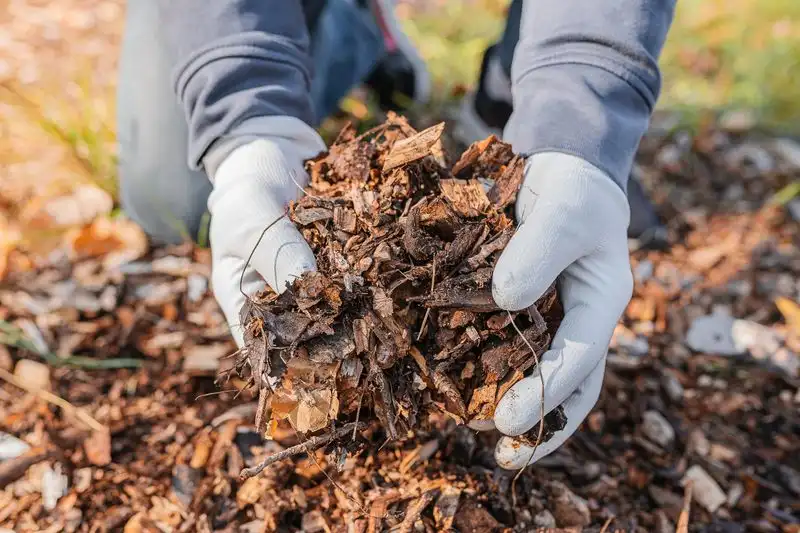
Organic mulches, like straw or shredded leaves, offer multiple benefits to your garden. They conserve soil moisture, suppress weeds, and add organic matter as they decompose.
A thick layer of mulch insulates plant roots, moderating soil temperature and creating a healthier environment. Avoid piling mulch against plant stems to prevent rot. Over time, mulching improves soil structure and fertility, contributing to a vibrant garden ecosystem.
Building Raised Beds
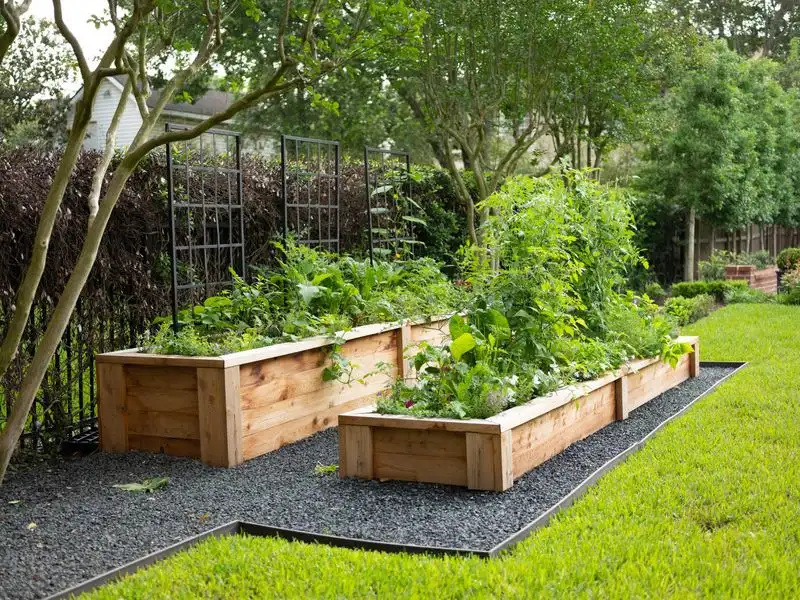
Raised beds offer better control over soil quality and drainage, making them ideal for organic gardening. Constructing them from untreated wood or other natural materials ensures no chemicals leach into your soil.
They warm up faster in spring, extending the growing season. Raised beds also reduce compaction, providing roots more room to grow. This setup is accessible and manageable, particularly for small spaces or urban gardens. Elevated beds bring you closer to your plants, making care and maintenance easier.
Soil Amendments

Enhancing your garden soil with natural amendments can boost fertility and plant health. Materials like bone meal, rock phosphate, and green manure add essential nutrients and improve soil structure.
Testing your soil helps determine what amendments are needed. Applying the right balance supports plant growth without resorting to synthetic fertilizers. Over time, these natural additions integrate into the soil, promoting a thriving garden environment. Understanding your soil’s needs is key to successful organic gardening.
Pruning Techniques
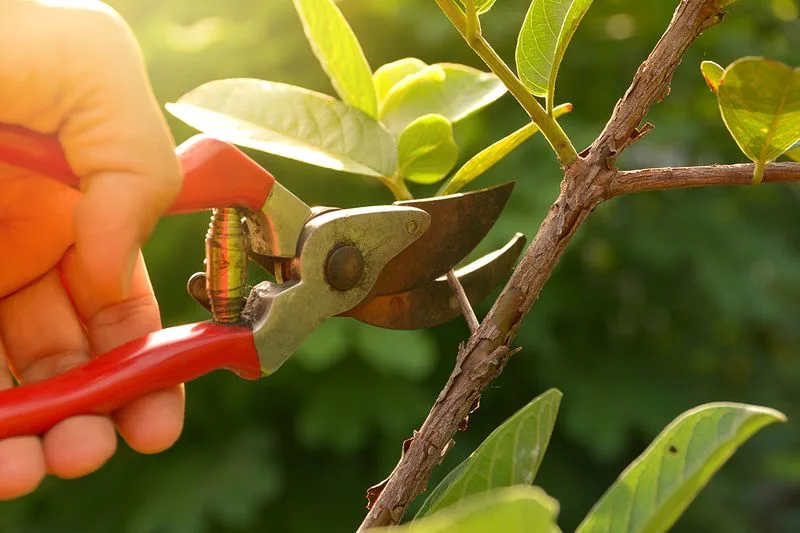
Pruning shapes plants and encourages healthy growth by removing dead or overcrowded branches. For fruit trees, it opens up the canopy, improving light penetration and airflow.
Using clean, sharp tools minimizes damage and disease risk. Timing is crucial; prune after flowering for most shrubs or in late winter for trees. Pruning requires understanding plant habits and growth patterns, which enhances your garden’s vitality and productivity.
Starting Seeds Indoors
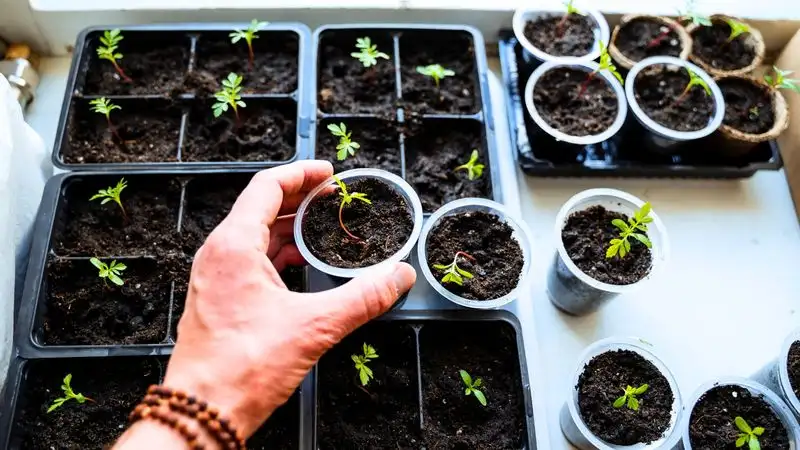
Starting seeds indoors provides a head start on the growing season, especially in cooler climates. Using seed trays or pots, you can control the environment to encourage healthy germination.
Adequate light, moisture, and temperature are critical. Once seedlings develop, gradually acclimate them to outdoor conditions. This practice allows for a wider selection of plants and stronger starts to the season. Indoor seed starting is both rewarding and practical for dedicated gardeners.
Creating Wildlife Habitats

Integrating wildlife-friendly features supports biodiversity and enhances your garden’s ecosystem. Bird feeders, bee hotels, and small water features attract and sustain beneficial wildlife.
Native plants provide food and shelter, creating a self-regulating garden environment. These habitats encourage natural pest control and pollination. Designing your garden with wildlife in mind fosters a harmonious relationship with nature, benefiting both plants and animals.
Understanding Plant Hardiness Zones
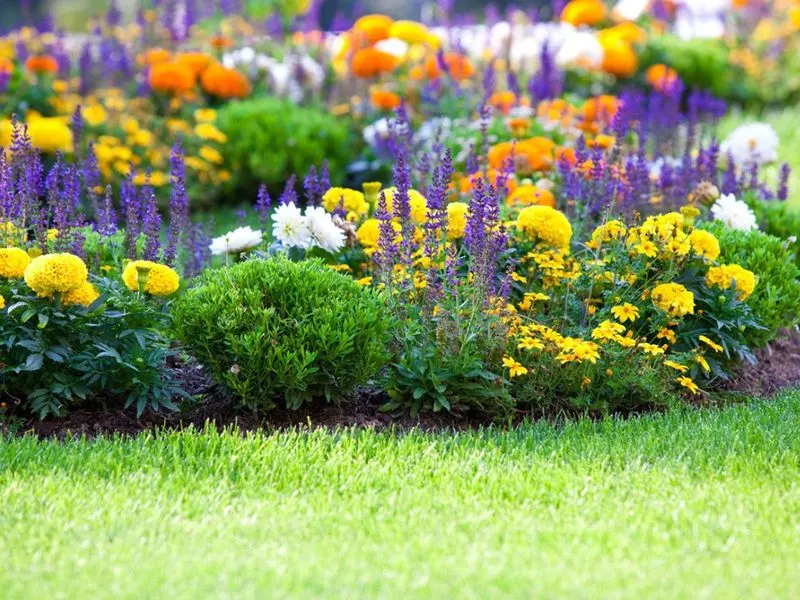
Knowing your plant hardiness zone helps select appropriate plants for your climate. These zones indicate the minimum temperatures plants can withstand, ensuring their survival.
Choosing plants suited to your zone reduces the risk of failure and contributes to a successful garden. It’s a crucial factor in planning perennial plantings and anticipating seasonal changes. Being aware of your local zone guides you in making informed gardening decisions.
DIY Organic Fertilizers
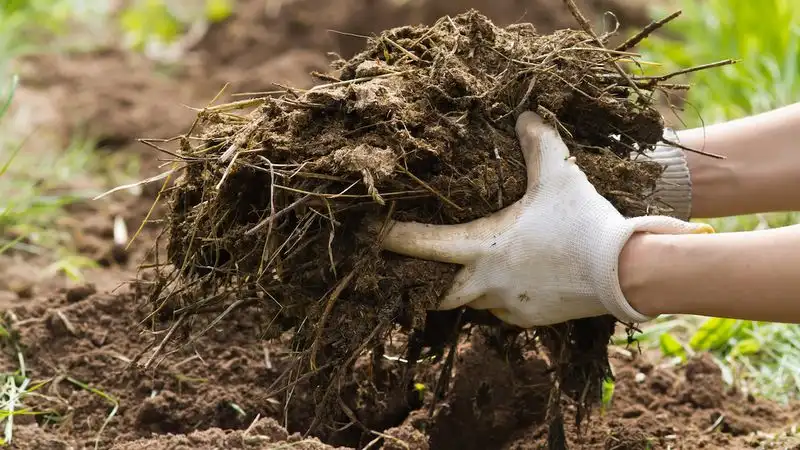
Creating your own organic fertilizers can save money and reduce waste. Ingredients like eggshells, coffee grounds, and banana peels offer nutrients like calcium and potassium.
Composting these materials transforms them into rich plant food. Homemade fertilizers allow you to tailor nutrient mixes to specific plant needs, enhancing growth naturally. This sustainable approach aligns with organic gardening principles, supporting a healthy, productive garden.
Beneficial Microorganisms

Healthy soil is alive with beneficial microorganisms, which play a vital role in breaking down organic matter and cycling nutrients. These microbes enhance soil structure and plant health.
Inoculating your garden with beneficial bacteria and fungi, like mycorrhizae, increases nutrient absorption and resilience to stress. Maintaining organic practices supports a diverse soil microbiome, essential for robust plant growth. Understanding this hidden world enriches your gardening experience.
Creating a Planting Calendar

A planting calendar helps organize your gardening tasks and optimizes planting times for various crops. By tracking planting, harvesting, and maintenance schedules, you can maximize productivity.
Recording observations over seasons allows you to refine your garden plan. This organized approach ensures timely actions and prevents missed opportunities. A well-maintained calendar becomes an invaluable tool for any serious gardener.
Harvesting Techniques
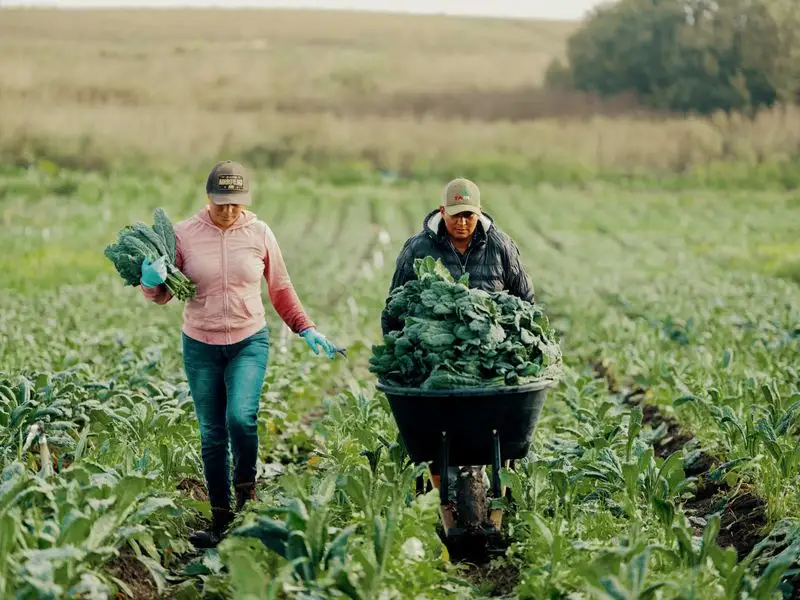
Mastering the art of harvesting ensures the best flavor and quality from your garden. Picking fruits and vegetables at their peak ripeness enhances taste and nutrition.
Proper techniques, like using scissors for delicate herbs or twisting tomatoes off the vine, prevent damage. Harvesting regularly encourages plants to continue producing. Understanding when and how to harvest contributes to a bountiful and enjoyable garden.
Storing and Preserving Produce
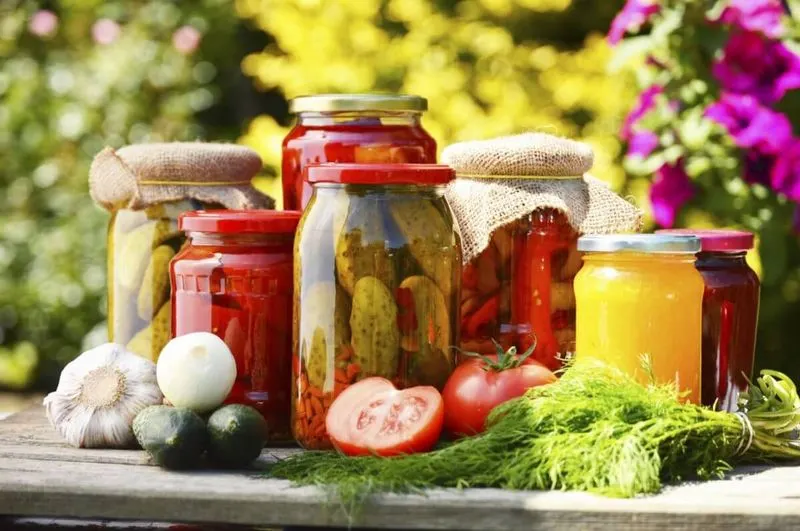
Preserving your garden’s bounty allows you to enjoy fresh flavors year-round. Methods like canning, drying, and freezing maintain nutritional value and prevent waste.
Proper storage conditions, like a cool, dark pantry for canned goods, ensure longevity. Experimenting with different preservation techniques can lead to discovering new flavors and textures. This practice extends the rewards of your hard work beyond the growing season.
Creating a Sustainable Garden Design
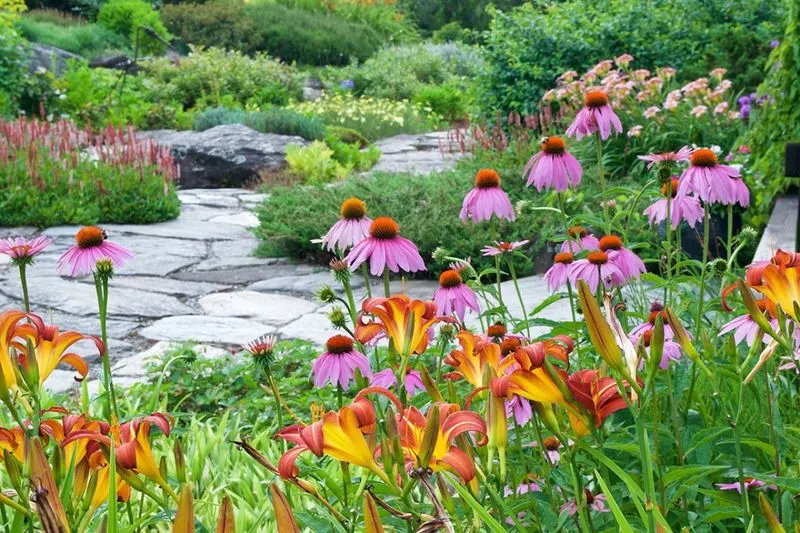
Sustainable garden design considers long-term environmental impact and resource use. Incorporating native plants, which require less water and care, is key.
Designing with nature in mind, such as using permaculture principles, creates a resilient garden. Efficient layout and resource management reduce waste and maintenance. This thoughtful approach results in a garden that thrives in harmony with its surroundings.

